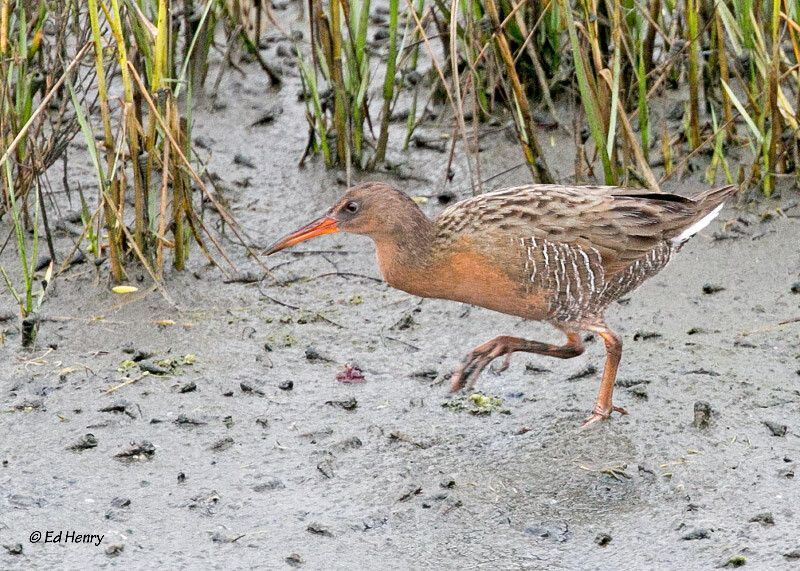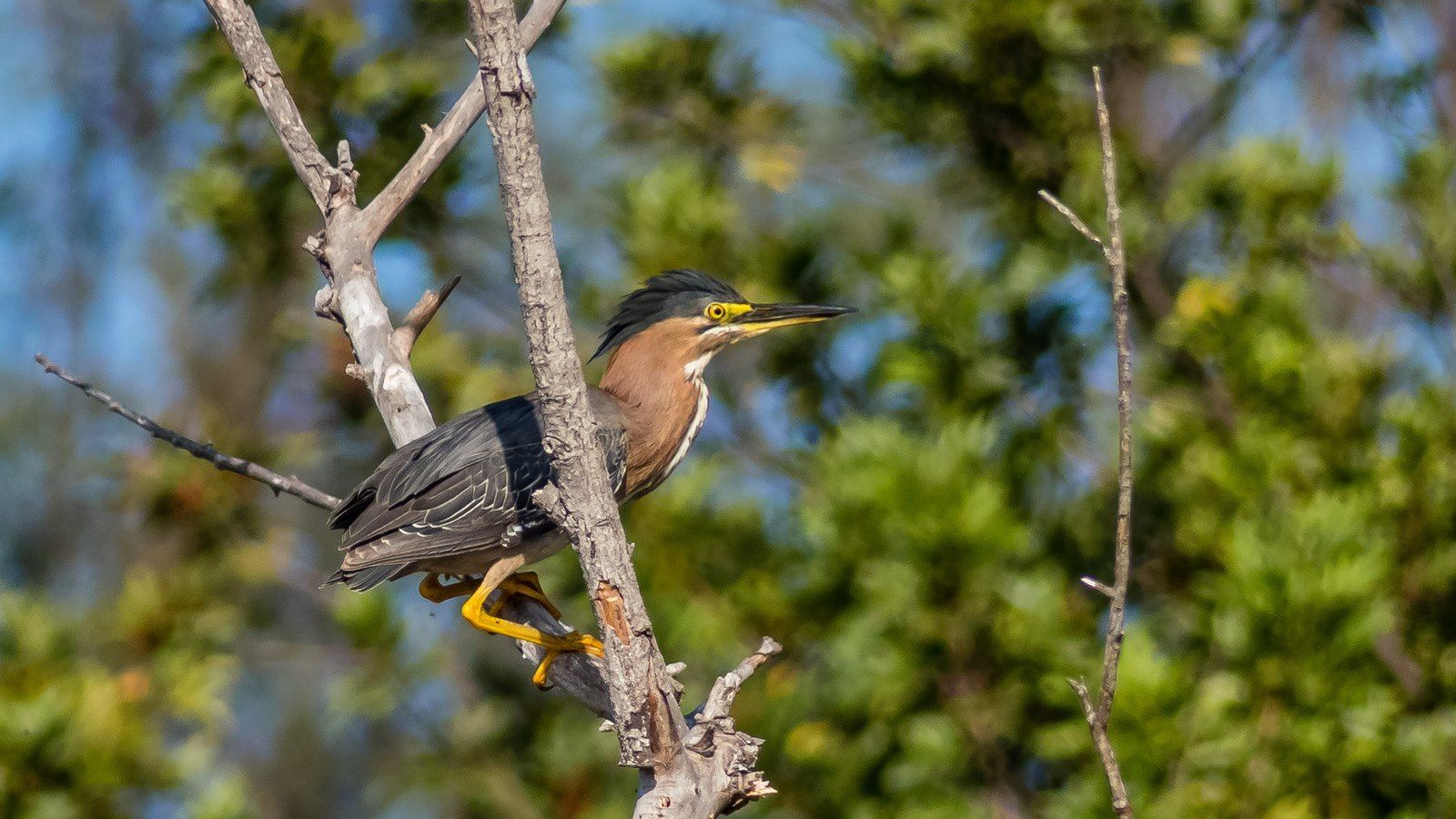
To celebrate Endangered Species Day on May 16, we are spotlighting our most elusive and endangered bird species, the Light-footed Ridgway’s Rail (Rallus obsoletus levipes). These state and federally listed endangered species are found on coastal wetlands from Southern California through Northern Baja California.
Over the past two years, working closely with the Light-footed Ridgway’s Rail has been an eye-opening experience. Assisting with banding, releasing, and monitoring the wildlife cameras at Kendall-Frost Marsh is very rewarding, and I've learned so much about how they are using the platforms and their behavior. These secretive birds rely on wetlands habitats to survive and thrive, which has deepened my appreciation and understanding of the importance of these habitats and why they are so important.
As someone with Latina roots, I feel a deeper connection to this species. The Light-footed Ridgway’s Rail is a binational bird found in California and Baja California, two places that I call home and that represent me in many ways. I see myself in this bird: quiet and reserved at first, but bold and vocal once there's confidence. Even its earthy coloring feels familiar, like a reflection of my own identity. Working with this species has not only strengthened my bond with nature but also with who I am.
Their dependence on coastal salt marshes has made this species extremely vulnerable to habitat loss, wetland conversion, and overall human disturbance, and the species has declined significantly throughout its range. Today, one of the few places you can find them in Mission Bay is Kendall-Frost Marsh. The ReWild Mission Bay project is working to restore and expand this critical habitat for the rail, with big benefits for other wildlife like the Belding's Savannah Sparrow, another endangered species that relies on this habitat.
One of the reasons we have any tidal wetland habitat remaining in Mission Bay is because of the protections from the Endangered Species Act. Most of Mission Bay was rerouted and replumbed in the 50s and 60s, before the Endangered Species Act, but starting in the 1970s, we couldn’t fill in this tidal habitat the way we did the rest of the bay because it was (and is!) critical habitat for the survival of the endangered rail. And, for Kendall-Frost Marsh, we are also indebted to the foresight of the Kendall and Frost families as well as UC San Diego, who preserved this remnant marsh even before the 1970s.
The Light-footed Ridgway’s Rail blends perfectly into the reeds and cordgrass, with its orangey-brown camouflage and long legs it slips through the marsh invisibly, without disturbing the vegetation. It’s a secretive bird that quietly forages for small fish and invertebrates. The rail is often heard before it’s seen.
Fun Facts: Light-footed Ridgway’s Rails are clever nest builders. In healthy marsh habitats with tall plants, they weave together stalks of cordgrass to create floating nests that rise and fall with the tide, which helps keep their eggs safe from flooding. Have you ever spotted those small platforms at Kendall-Frost Marsh? They’re artificial nesting platforms which are built to support the rails.
How can you help this bird: Support federal legislation that protects and restores coastal wetlands—vital not only for the Light-footed Ridgway’s Rail but for other wildlife. Visit Kendall-Frost Marsh during Wander the Wetlands and learn more about wetlands and the wildlife that calls home.

